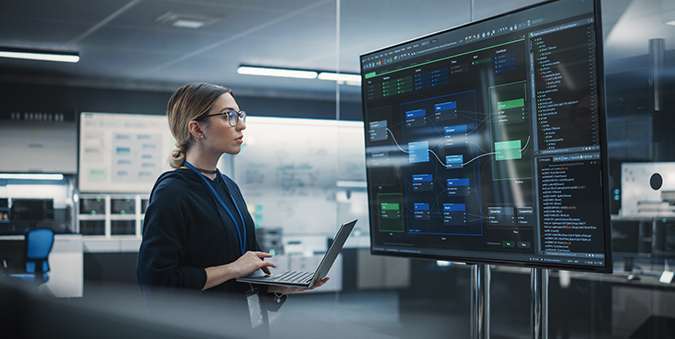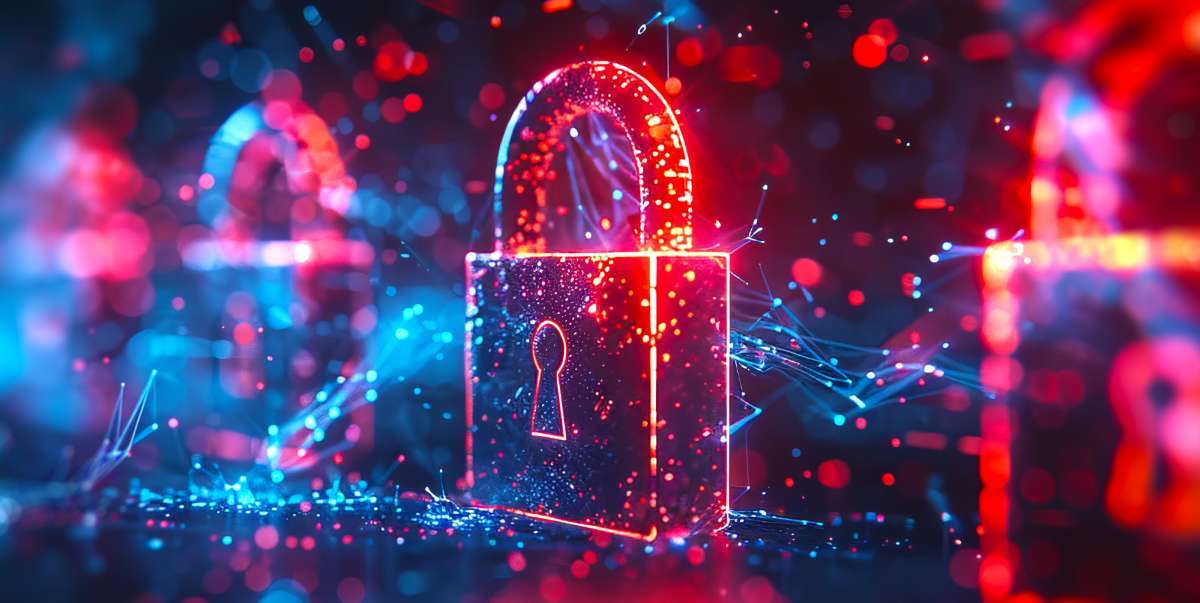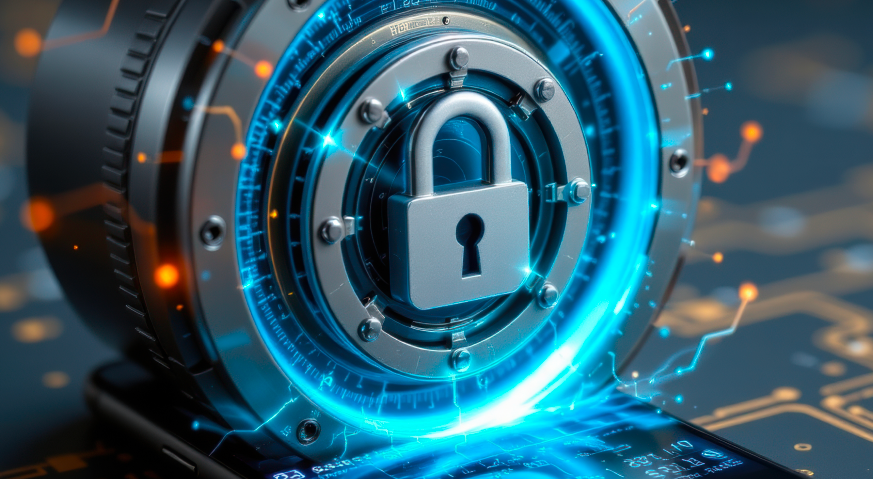As organizations face an ever-evolving threat landscape, staying ahead of cybersecurity and physical security challenges has never been more critical. Emerging technologies, highlighted by Gartner's 2024 Hype Cycle and tailored insights for C1’s customer base, are shaping how enterprises address security risks, improve operational efficiency, and ensure compliance.
Cybersecurity: Leading the Defense Against Complex Threats
- AI-Driven Threat Detection and Response
Artificial intelligence is redefining threat management. AI-powered systems not only detect threats in real-time but also automate responses to mitigate risks quickly and accurately. These solutions reduce the workload on IT teams and bolster defenses against advanced persistent threats.
- Extended Detection and Response (XDR)
XDR integrates multiple security tools, providing centralized visibility and faster incident response. This approach enables organizations to connect the dots across endpoints, networks, and users, making it a cornerstone of modern threat detection strategies.
- Zero Trust Architecture (ZTA)
With hybrid and remote work environments becoming the norm, ZTA ensures that no user or device is trusted by default. By implementing strict access controls and continuous authentication, organizations can minimize unauthorized access risks.
- Post-Quantum Cryptography (PQC)
Quantum computing’s potential to break traditional encryption methods is a looming threat. PQC safeguards sensitive data, ensuring that critical information remains secure even in a quantum-enabled future. Industries like healthcare and finance are already prioritizing this innovation.
- Cybersecurity Mesh Architecture (CSMA)
CSMA enables interoperability among disparate security tools, creating a unified and scalable defense strategy. This architecture is ideal for large, complex IT environments that demand comprehensive protection across multiple domains.
- Identity Threat Detection and Response (ITDR)
Identity-based attacks are on the rise, making ITDR an essential technology for securing systems like Active Directory. By mitigating risks from credential theft and privilege misuse, ITDR strengthens organizations’ foundational security.
- Managed Detection and Response (MDR)
For organizations with limited in-house security expertise, MDR offers 24/7 monitoring and response capabilities. This managed service ensures that even smaller teams can maintain robust security postures.
Physical Security: Integrating Smart Solutions for Safer Spaces
- AI-Powered Video Analytics
AI is enhancing traditional surveillance systems with capabilities like facial recognition, anomaly detection, and crowd monitoring. These technologies improve situational awareness and streamline incident management in facilities such as hospitals and campuses.
- IoT and Edge-Based Security Solutions
IoT devices and edge computing enable real-time security management for smart buildings, critical infrastructure, and campuses. These solutions provide instant alerts and localized processing, reducing latency in detecting threats.
- Converged Security Platforms
By combining physical and cybersecurity into a single interface, converged platforms offer a holistic view of risks. This integration simplifies incident response and improves overall security management.
- Access Control Systems with Biometric Authentication
Biometric systems, including fingerprint and facial recognition, enhance access management by aligning with Zero Trust principles. These technologies are particularly useful for securing high-risk or regulated environments.
- Cloud-Based Physical Security Management
Centralizing control of physical security systems via the cloud allows for remote management and scalability. This technology is ideal for multi-site organizations, enabling consistent and efficient security measures.
Why These Technologies Matter to C1 Customers
Organizations across industries—education, healthcare, government, and critical infrastructure—must address rising cyber and physical security threats. Key drivers include:
- Rising Threat Sophistication: Technologies like AI-driven threat detection, XDR, and PQC help proactively counter sophisticated cyber risks, such as ransomware and supply chain attacks.
- Operational Efficiency: Converged security platforms and IoT-based solutions streamline processes, reducing manual workloads and improving response times.
- Compliance and Risk Management: With increasing regulatory demands, technologies like CSMA, ITDR, and cloud-based security ensure organizations remain compliant while minimizing vulnerabilities.
C1: Your Trusted Partner in Security
By aligning these cutting-edge technologies with C1’s comprehensive solutions, customers gain the tools they need to navigate the complexities of modern security challenges. Whether it’s protecting digital assets with XDR and AI-driven systems or securing physical spaces with IoT-enabled platforms, C1 is uniquely positioned to help organizations build resilient, future-ready defenses.
The future of security lies in leveraging these transformative technologies. Together with C1, organizations can address today’s challenges while preparing for tomorrow’s opportunities.




